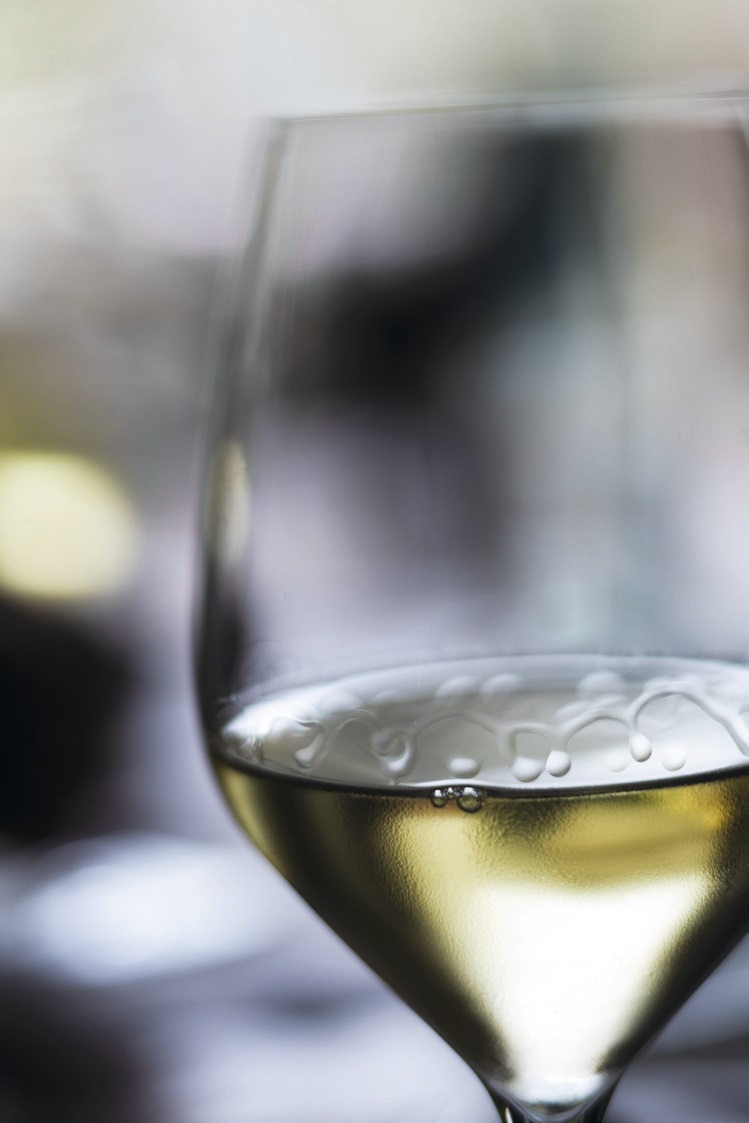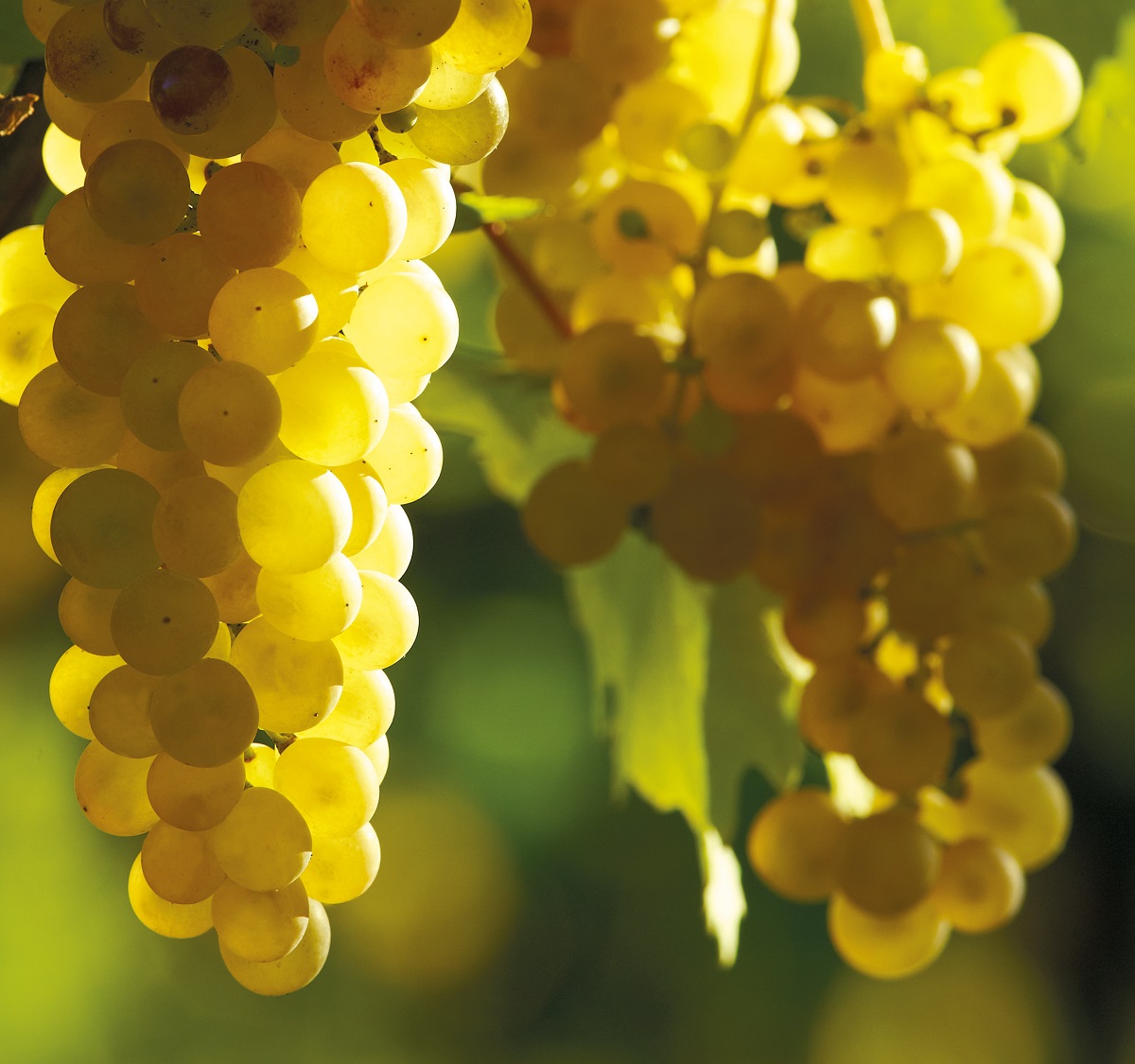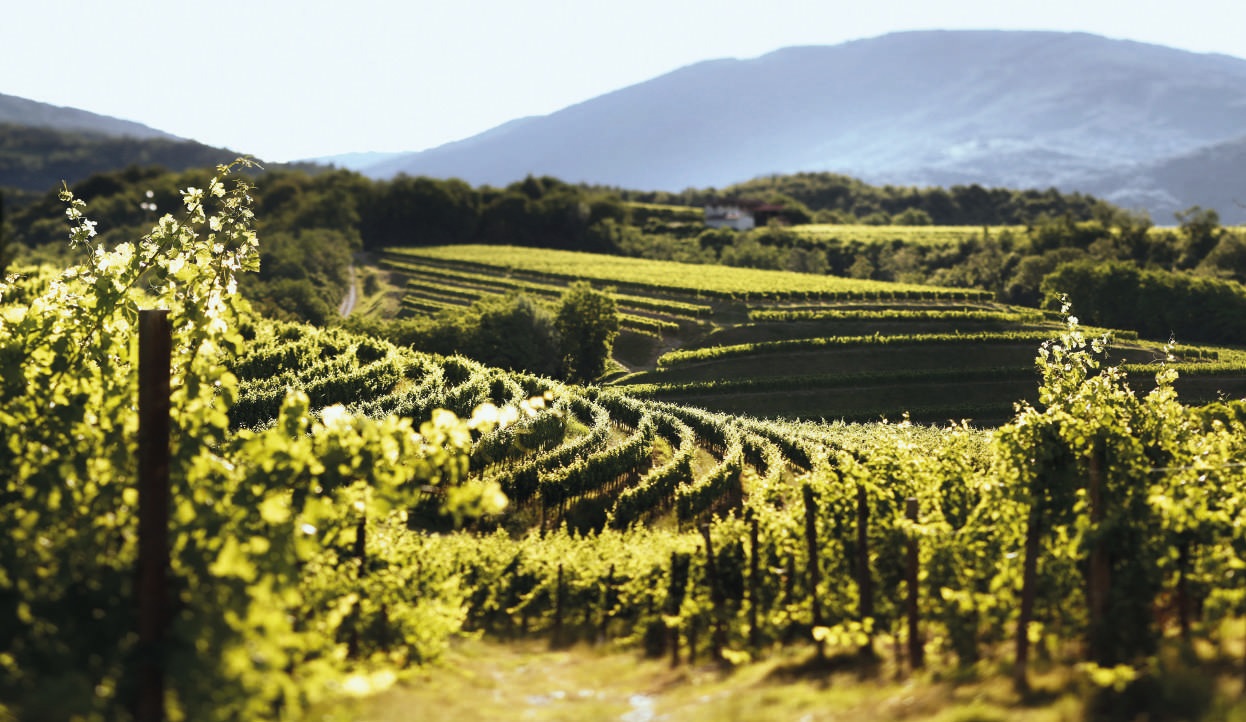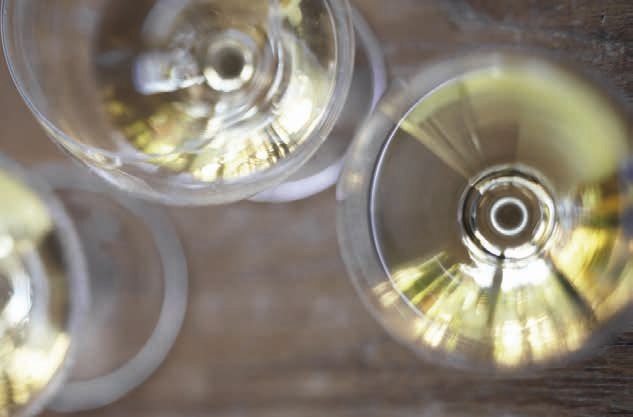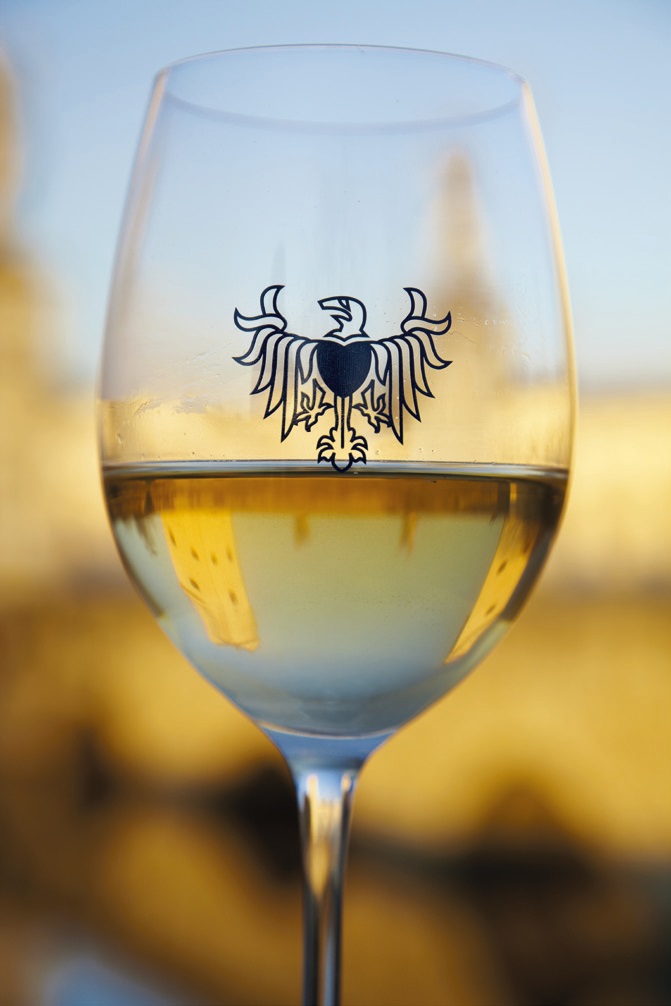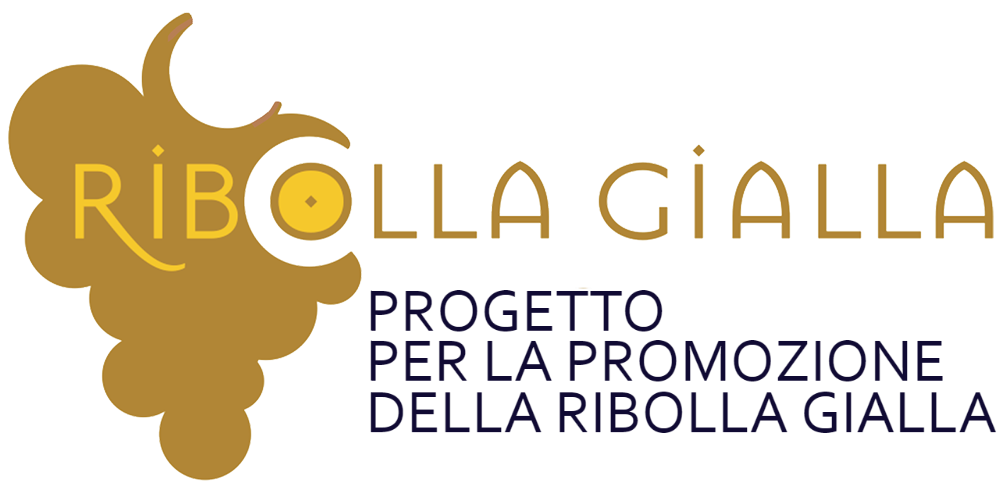THE OENOLOGY
The OENOLOGY
of knowledge
Wine has never been – in its millennial history – good and healthy as it is now. The epochal change began to materialize at the beginning of the seventies, when we began to manage fermentations at a controlled temperature. Until then dominated a chemistry-based enology that was driven out of what could be called the oenology of knowledge, based on principles “Mechanical” and above all environmentally friendly. It was the oenology of knowledge that made us discover the aromas of the wines, white in particular, perfumes that had always been in the grapes, but that we did not know how to bring in bottles. So they changed deeply the parameters of qualitative perception of wines. The even more interesting aspect is that this epoch-making revolution started right from Friuli Venezia Giulia.
THE PARFUMS
of wines
Are perfumes in wines so important? Of course: the sense of smell is 10,000 times higher than taste and the sense of smell participates in the impression of taste. Furthermore, the flavor underlines the smell and the smell reinforces the flavor. In fact, much of what is thought to be taste, actually it is perfume, which is why, for example, when you have a cold everything seems bland, while it is not: food has been removed from the odors. It therefore becomes essential, to understand the soul of a wine, to dwell on the perfumes as they are the most fascinating part. It’s music not to be missed.
THE TWO SOULS OF WINE
man and nature
There is no other agricultural product in the world that lives, feels and exalts at the same time the binomial between man and nature as happens with wine. Each harvest has its own story. Change the musical score and the conductor – the winemaker – must know how to interpret without hesitation: the two souls of wine, man-nature, must be in total harmony to achieve the highest quality. In addition, this work is prolonged over time: those who had the good fortune to be able to taste very old wines – even over one hundred years, perfectly preserved and of extraordinary vitality and charm – know that they are pure emotions. As Luigi Veronelli wrote: “Wine is a real value that gives us the unreal”.
THE ATTENTIONS
requests from the wine
In order to express itself better, the wine needs a series of small attentions that are often considered superfluous or not very influential on the perception of its quality. It is not so. Although simple, they are necessary.
THE TEMPERATURE
balance of tastes, without forgetting perfumes
Each group of wines has its favorite tasting temperature, otherwise the aromas, exceeded 18 ° C, evaporate from the glass and are no longer found, thus compromising the pleasure of tasting the wine itself. The temperature also changes the taste perceptions, because, if incorrect, it alters the balance and the relationships between the sweet, sour and bitter feelings.
It must also be known that the more the wine heats up, the less acidity and bitterness are perceived due to the increase in the weight of the sweet component (given by alcohol, glycerin and, as happens in the passito, by sugary residues natural). On the other hand, if you cool it too much, the sweet tones are inhibited, thus making the latent contrast between acidity and bitterness emerge.
In fact, the sweet substances perform a buffer function, a bit like the teaspoon of sugar that you put in coffee or lemonade: it goes to tame the aggression of bitterness or acidity. These are the reasons why the correct temperature is recommended for each wine.
THE GLASSES
of wine.
For each wine the recommended glass shape has been indicated. It is the second attention that is asked by the wine, as the shapes of the glass affect – in a decisive manner – the perception of aromas and tastes. Ask yourself a question: would you go see a picture of Caravaggio with the wrong lights? No, because you could not grasp the full power of his painting and the extraordinary luminous uniqueness of his black. Or again: would you listen to classical music in an unsuitable environment? Certainly not. The glass is the tool to taste wine that, if not correct, can make it rude, even unrecognizable.
The risk is to nullify in a moment the whole commitment of the winemaker who, in the case of a great aging red can mean at least 5 years of work. One more question. We would be willing to pay for a large bottle, maybe long desired, and then find ourselves with a wine
disharmonious and not able to give us the emotions that we expected only to have a wrong glass?
But we would miss it! The conclusion is that many of the wines that were not liked were in all likelihood good, but consumed in a wrong cup.
THE MARIAGE
between food and wine
The main function of the sommelier – which is also the most creative – is to find the wine that best matches what you eat. It is the art of good taste that no one is precluded and that is based on the principle that the wine chosen well will make better appreciate the dish while at the same time highlighting its personality. A bit like choosing a glass – why spoil a good wine by choosing the unsuitable glass? – the same happens for the marriage between wine and food which, obligatorily, must be of love. At the end of the story of each wine, we will recommend his mariage with food. So that everyone can be a sommelier of himself. Final annotation. This pleasant game of the search for good taste will discover the versatility of each wine, capable of exalting itself with different dishes.
